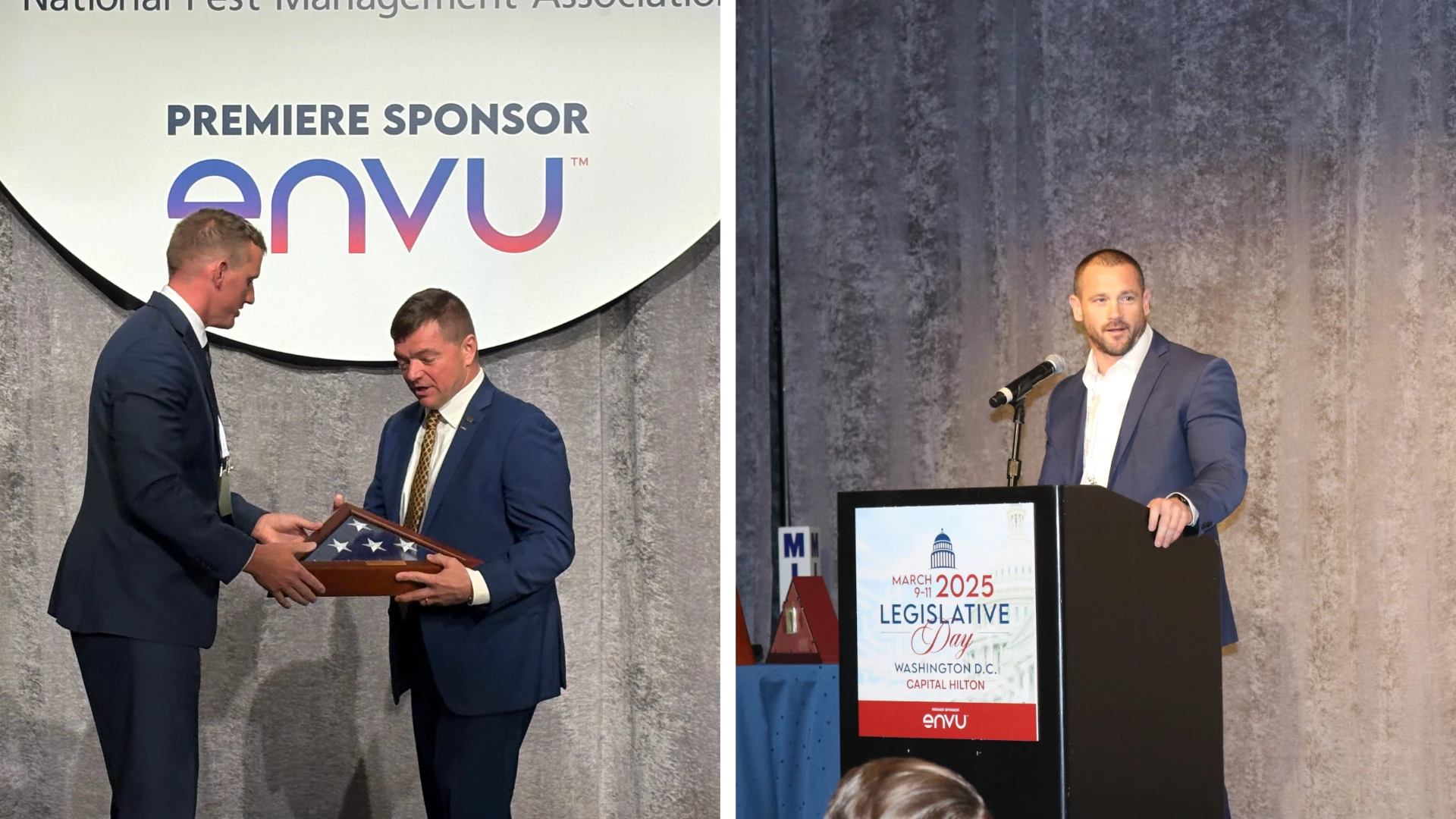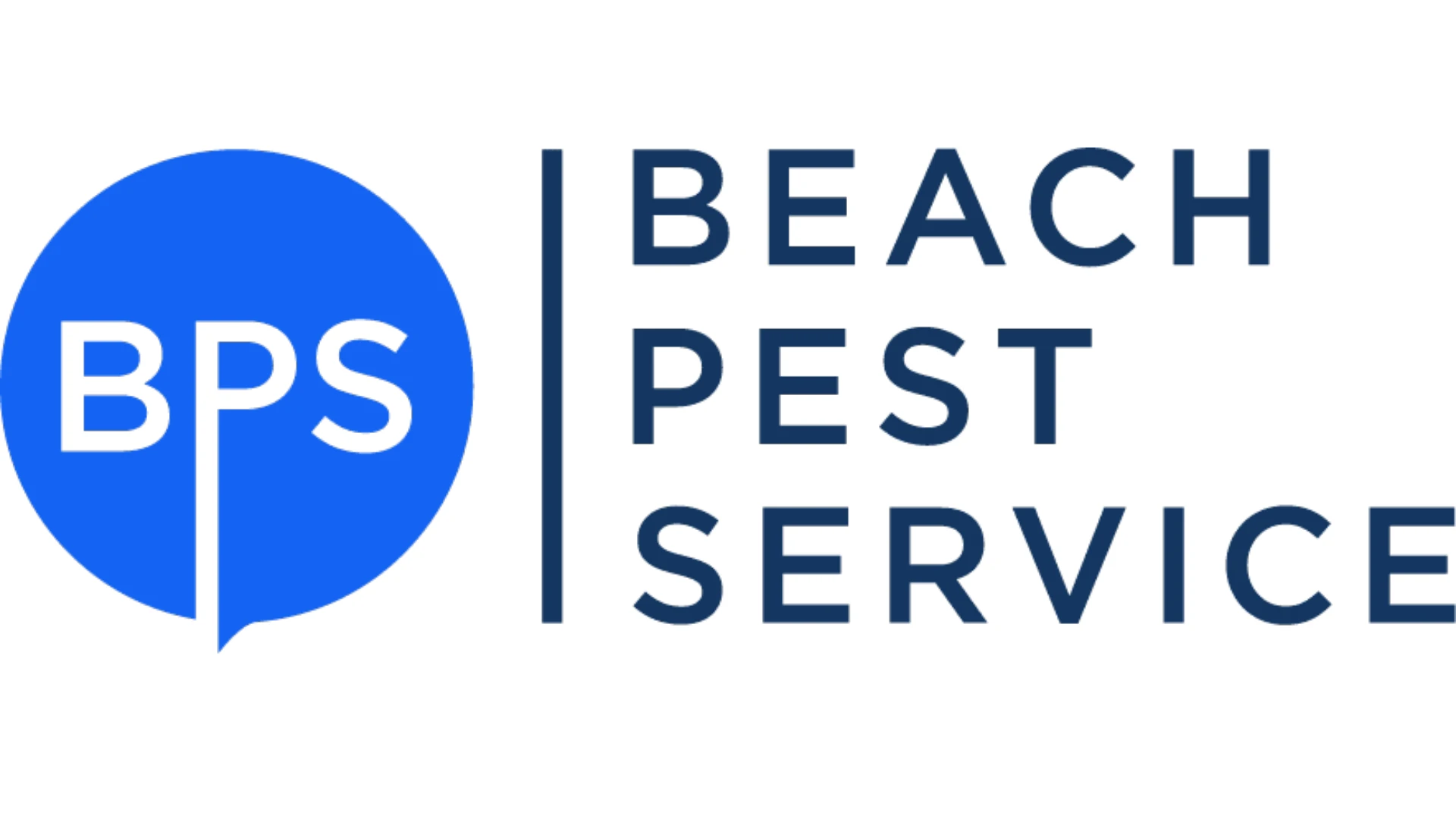Sometimes the choices for selecting the right mouse trapping program for a commercial account seem overwhelming. Occasionally, I find myself pondering on the job: "Do I use a curiosity trap here? And if so, which of the ten different curiosity trap combinations should I use? Or would a covered glue trap be a better choice? Or perhaps a snap trap would be the most economical?" And so on.
Making the decisions even more difficult is that during the last several years, many new mouse traps have emerged, as well as new uses for some of our reliable standard mouse traps. But, even with all the options on the market, there is still no single trap that performs best for all the different situations a pest management professional encounters in commercial accounts. In fact, even within the same account, the professional may need to use two or three different types of mouse traps to achieve effective mouse control.
Unfortunately, with all the new choices and trap combinations, selecting the right trap for a specific situation can be confusing to both ourselves as pest management professionals as well as to our clients. To complicate matters further, sometimes a plant inspector, a quality assurance manager, and a pest professional all will have different opinions as to which mouse trap is best suited for the account, and how the trap should be used. The purpose of this article is to provide some guidance in making mouse trap selections for different commercial accounts and the unique situations which occur in these accounts.
TYPES OF COMMERCIAL MOUSE TRAPS. The choice of traps and trap combinations has become significant. If we categorize the various types of mouse traps and trap systems, they can be listed in four categories: 1) mechanical repeating mouse traps; 2) glue traps; 3) snap traps; and 4) mouse and monitoring traps (MMTs).
 Figure 1. The mechanical
repeating mouse traps are by far the standard mouse traps
for many commercial accounts — especially in the
warehousing, food and pharmaceutical industries. Photo
courtesy of Kness Manufacturing Company. Figure 1. The mechanical
repeating mouse traps are by far the standard mouse traps
for many commercial accounts — especially in the
warehousing, food and pharmaceutical industries. Photo
courtesy of Kness Manufacturing Company. |
 Figure
2. By installing a glue trap into a repeating trap, the
trap becomes an insect monitoring device and provides
better containment of contamination, which is important
in sensitive accounts. Photo courtesy of Woodstream Corp. Figure
2. By installing a glue trap into a repeating trap, the
trap becomes an insect monitoring device and provides
better containment of contamination, which is important
in sensitive accounts. Photo courtesy of Woodstream Corp. |
|||||
 Figure
3. Snap traps can be installed inside inexpensive bait
boxes to provide for both economy and effectiveness.
Photo courtesy of Woodstream. Figure
3. Snap traps can be installed inside inexpensive bait
boxes to provide for both economy and effectiveness.
Photo courtesy of Woodstream. |
 Figure
4. Snap traps or glue traps installed into PVC pipe
stations can provide excellent crush-resistance for those
accounts where forklift activity is high. Photo courtesy
of Woodstream. Figure
4. Snap traps or glue traps installed into PVC pipe
stations can provide excellent crush-resistance for those
accounts where forklift activity is high. Photo courtesy
of Woodstream. |
|||||
| Table 1 |
| A MULTITUDE OF TRAP CHOICES |
| Repeating
Mechanical Mouse Traps 1. Ketch-All Repeating Trap (with clear or solid covers) 2. Ketch-All Repeating Trap plus glue trap insert 3. Mouse Master Repeating Mouse Trap 4. Kwik Katch Repeating Plastic Mouse Trap 5. Tin Cat Repeating Trap (with clear or solid covers) |
| Glue
Traps 9. Kness Stick-All Depot (Insect Monitoring and Mouse Trap) 10. Glue trays and cardboard glue traps uncovered (i.e. installed as is) 11. Trays within cardboard bait stations 12. Trays within plastic rodent bait stations 13. Cardboard traps within cardboard stations 14. Cardboard traps within plastic bait stations 15. Cardboard traps within PVC pipe stations 16. Cardboard or tray traps within cardboard or plastic covers as provided from manufacturers 17. Cardboard or tray traps within sheet metal covers or tamper-resistant rat-size bait stations |
| Snap
Traps 18. Snap Traps Uncovered (i.e. installed as is) 19. Snap Traps within cardboard bait stations or within Kness Depot Station 20. Snap Traps within tamper-resistant plastic or metal rat-size rodent bait stations 21. Snap Traps within PVC pipe stations |
GOOD TRAP CHARACTERISTICS. To select the right trap for a commercial account and situation, we need to first consider some of the desirable characteristics of mouse traps and trap systems, which are listed on Table 2. The characteristics as listed in the table are not meant to be all-inclusive for any one of the traps listed in Table 1. In other words, a good trap need not meet all nine characteristics. Rather, depending on the specific situation, some characteristics are paramount to others. Of course, the exception is that all traps must be effective in capturing mice!
Therefore, let’s take a look at some examples of typical commercial accounts and match the mouse trap or trap system based on the account or on the specific situations within the account. The situations which follow are descriptions of actual facilities I have inspected within the past year.
| Table 2 | |
Beneficial Trap Characteristics |
|
Some desireable charactersistics of commercial mouse traps and trap systems. Rememebr, not all traps will, nor should they, have all of these characteristics |
|
| 1. Are effective in capturing and
retaining mice. 2. Are easy to inspect for mice, insects or dirt. 3. Are sturdy enough to withstand casual abuse. 4. Offer tight, reliable closure of lids and closure confirmation. 5. Provide good containment of rodent-associated ccontaminents (carcass, feces, hairs, etc.) 6. Are easy to reset and reamin set. 7. Are easy to clean. 8. Offer cost economy. 9. Have utility in harsh environments (e.g. wet cleaning areas, food dusts, production debris, etc.) 10. Offer a low profile and/or compactness. 11. Have exterior use utility. 12. Provide insect monitoring options. 13. Offer crush-resistance in high trafic areas. |
|
Situation 1: The interior of a finished goods warehouse.
For preventative mouse control measures, this commercial warehouse requires 150 trap units spaced 20 feet apart along the perimeter walls. The warehouse is kept clean, the perimeter strip well maintained, and the mouse and insect pressure on the building is very low. Plant records indicate about three to five mice are captured indoors each year.
Trap Program. The most important factors in this account are those relating to the inspection time spent checking, handling, resetting and record-keeping of the traps. For long-term cost economy and effectiveness, the use of repeating mechanical traps, constructed either of metal or of plastic, provides the best value (see Figure 1, page 24).
In this account, time is money and the "hassle factor" for the inspecting technician needs to be as minimal as possible. Therefore, the traps should be easy to inspect, both visually and physically, and should be easily and quickly re-installed. Lids and panels also need to be extremely easy to manipulate and should close tightly, offering some confirmation that the trap is in fact closed (a "snap-in-place" type of closure would be ideal).
Occasional "bumping" from cleaning crews should not pose a significant problem in rendering the traps ineffective or difficult to service due to bent lids and panels not fitting properly. But where this is a consideration, some professionals have been looking more closely at the plastic body repeating mouse trap (such as Kwik Katch from Gremar Corp.).
Regarding the metal-winding traps, a new model of the Ketch-All, with the Sure Set mechanism from Kness Manufacturing, offers an automatic correct winding option, eliminating the possibility of over- or underwinding the trap. "Spin-outs" among any of the wind-up traps can be a real problem, as spun-out traps provide the account with little more than boxes sitting on the floor.
The Tin Cat repeating mouse trap does not need to be wound or checked for an active paddle while inspecting each trap, and its low-profile design can be advantageous in certain situations, such under low-lying equipment or pallets. But these traps must be visually checked to ensure the ramp is clear and unobstructed.
Regardless of the model of repeating mouse traps, adding a glueboard within the trap (Figure 2) also provides insect monitoring performance, as well as better contamination containment, as discussed in Situation 4. (Suggested traps: Nos. 1-6)
Situation 2: The local family restaurant desires economical control of intermittent mouse activity.
This restaurant experiences intermittent mouse and cockroach activity during the year, is serviced on a monthly basis, and has made it clear that only the most economical pest control measures should be employed.
Trap Program. Glue traps and snap traps are the traps of choice. The snap traps can be used as stand-alone devices but are better utilized if inserted within a cardboard bait station or other protective cover, and then installed into either runway areas or suspected feeding locations (Figure 3).
The glue traps should be used unaccompanied and should be installed along suspected runway areas of suspended ceilings, along walls, etc. The goal with glue traps is to capture mice as they run habitually along their paths. The glue traps also offer needed cockroach monitoring to this account. In those areas of the restaurant where clutter and pests coincide (as they often do), all traps, whether glue or snap traps, will need to be installed within protective stations or devices. (Suggested traps: Nos. 16, 18, 20, 21)
Situation 3: Mice infesting an office complex.
The mice in this office complex are nesting and harboring mostly in the suspended ceilings and traveling down to desks and coffee station areas to feed.
For office mouse infestations, stand-alone snap traps installed in pairs, or in groups of three, into the suspended ceilings and around some desks and coffee stations will provide good control. The key in these situations is to use plenty of traps (three to four cases) and two or three different baits, including dental floss as a nesting material "bait." (Suggested trap: No. 19)
Situation 4: A highly sensitive account requiring "clean" traps.
A pharmaceutical plant under very low mouse and insect pressure requires careful monitoring and capture of any incoming mice or insects. The plant personnel also desired a trapping program which would visually appear "clean" to anyone passing by the trapping devices. This account requires a professional grade, sturdy trap which will provide long-term mouse control and insect monitoring options. Thus, the Tin Cat or Ketch-All traps with glue inserts, or the Kness Stick-All Depot Trap are good choices. The designs of the Stick-All Depot for insect capture and the Tin Cat, with its aeration holes, are particularly well suited for insect monitoring. These traps, when used with glue inserts, also offer good contamination containment, which is critical in highly sensitive accounts. (Suggested traps: Nos. 2, 6, 4, 3)
Situation 5: Exterior mouse trapping for a food plant.
A food plant wishes to have exterior mouse traps installed near doorways to capture mice and to decrease the chances of exterior baits entering the facility either from being carried into the plant by rodents, or by accidental spillage.
Trap Program. Many adjustments have been made of standard mouse traps to utilize them for exterior areas. Keep in mind that exterior traps will be subject to dirt, dust, wind, litter and wetness. Thus, any trapping device will need to be protected within some type of container. Placing uncovered mechanical repeating traps at exterior locations is not recommended.
The options for exterior rodent (both mice and rats) trapping programs are either placing snap traps (two to three traps) within exterior tamper-resistant rat stations, or installing the repeating mechanical traps within metal rat-size, cafeteria-style stations. Simply placing repeating mouse traps underneath the heavy-duty anti-crushing covers will not adequately protect them from the elements. Glue traps, even within the entry ways of covered stations are usually not adequate, as they collect dirt, dust, papers, abundant amounts of insects, and other debris, rendering them ineffective. (Suggested traps: Nos. 21, 7)
Situation 6: Wet cleaning and forklift interference.
An older, large dairy processing plant contains areas subject to intense wet cleaning and a crowded warehouse with abundant forklift activity. The forklift drivers are "keeping score" as to who can crush the most mouse traps each week. The plant records capturing about 50 mice per year throughout different parts of the plant.
Trap Program. This plant requires a multi-faceted mouse control program. One type of trap model used throughout the entire plant will not adequately protect this account.
For the harsh areas where wet and power cleaning programs are conducted, the use of either the plastic repeating mouse trap, the Kwik Katch, or the Kness Depot plastic station (without the glue insert), with one or two snap traps installed to act as a mouse trap station, is ideal. Metal traps in these areas are quickly rendered ineffective, and will likely rust out, especially when various cleaning agents are used. Even for the plastic traps, a few small holes should be drilled through the bottom of the traps to facilitate drainage.
For the warehouse, installing and maintaining repeating mouse traps can be very expensive due to the forklift damage on the traps. It is not uncommon for some accounts to have to replace 10 to 50 traps per month. Two options exist for the heavy traffic areas: The heavy-duty metal encasement protective covers can offer significant protection and substantially reduce the numbers of damaged traps. But these covers are heavy and cumbersome. Too, these covers are sometimes crushed just slightly enough to entomb the enclosed trap, rendering both the cover and the trap totally unsalvageable.
A second, and more economical approach is to use a heavy-duty PVC pipe (1.5- to 2-inch diameter and 8- to 12-inch length) containing glueboards recessed into the middle of the trap. The PVC glue station can then be installed along the floor/wall junction of the high activity areas. The trap acts as a runway trap for mice where glue traps are of their best utility. It also provides insect monitoring for the account. Furthermore, the PVC glue trap will withstand nearly any type of accidental encounter and remain effective because there are no moving parts to be set off by the occasional bumping.
Should it be determined that snap traps are essential to the mouse capturing effort (and at times they are), snap traps can be installed into each end of a 2.5-inch diameter PVC pipe (see Figure 4, page 24). Also, a glue board trap can be installed in the middle of the PVC pipe between the two snap traps to provide for insect monitoring capabilities (as well as for additional mouse trapping potential in cases where forklifts bump the station, setting off the snap traps). To keep the PVC trap from rolling, a small, one-inch piece of firing strip can be glued anywhere along the center area of the pipe. A self-adhesive sheet placed around the pipe can help with record-keeping. (Suggested traps: Nos. 4, 20, 21)
Situation 7:Mice infestation within a pallet of seed.
A pallet of seed within a seed warehouse has been discovered to be infested with mice. The mice are living entirely within the pallet and are not emerging.
Trap Program. In this common scenario, stand-alone glue traps can be very effective. A glue trap "moat" using large glue tray traps can be formed around the infested pallet. The pallet can then be disassembled, allowing the mice to scramble away and become captured within the glue moat. (Suggested trap: No. 10).
IN SUMMARY. The aforementioned seven situations represent just a few selected cases of field situations. The key is learning to always "read" your accounts. Avoid the practice of just using one model of mouse trap for all accounts, or throughout the same account. Match the right trap program to the specific situation. By doing so, you can maximize your programs for trap efficacy, safety and service productivity. In this way, it’s a win-win-lose situation. (The client wins, you win, and the mice, well ….)
Dr. Bobby Corrigan is a pest management consultant and president of RMC Pest Management Consulting, Richmond, Ind. Portions of this article were excerpted from Dr. Corrigan’s soon-to-be-published book, Rodent Pest Management: A Practical Guide for Pest Management Professionals.

Explore the August 1997 Issue
Check out more from this issue and find your next story to read.
Latest from Pest Control Technology
- Understanding Rodents and Bird Flu
- Green Pest Solutions Awards Safest Driver New 2025 Ford F150
- UF/IFAS Sheds Light on Tiny Invaders During Termite Awareness Week
- Registration Open for Lawn & Landscape Technology Conference
- Fleetio Launches Automotive Service Excellence Scholarship
- WorkWave Appoints John Phelan as CTO
- PMPs Use Capitol Hill Visits to Push for Preemption
- 20 Trapping Tips





